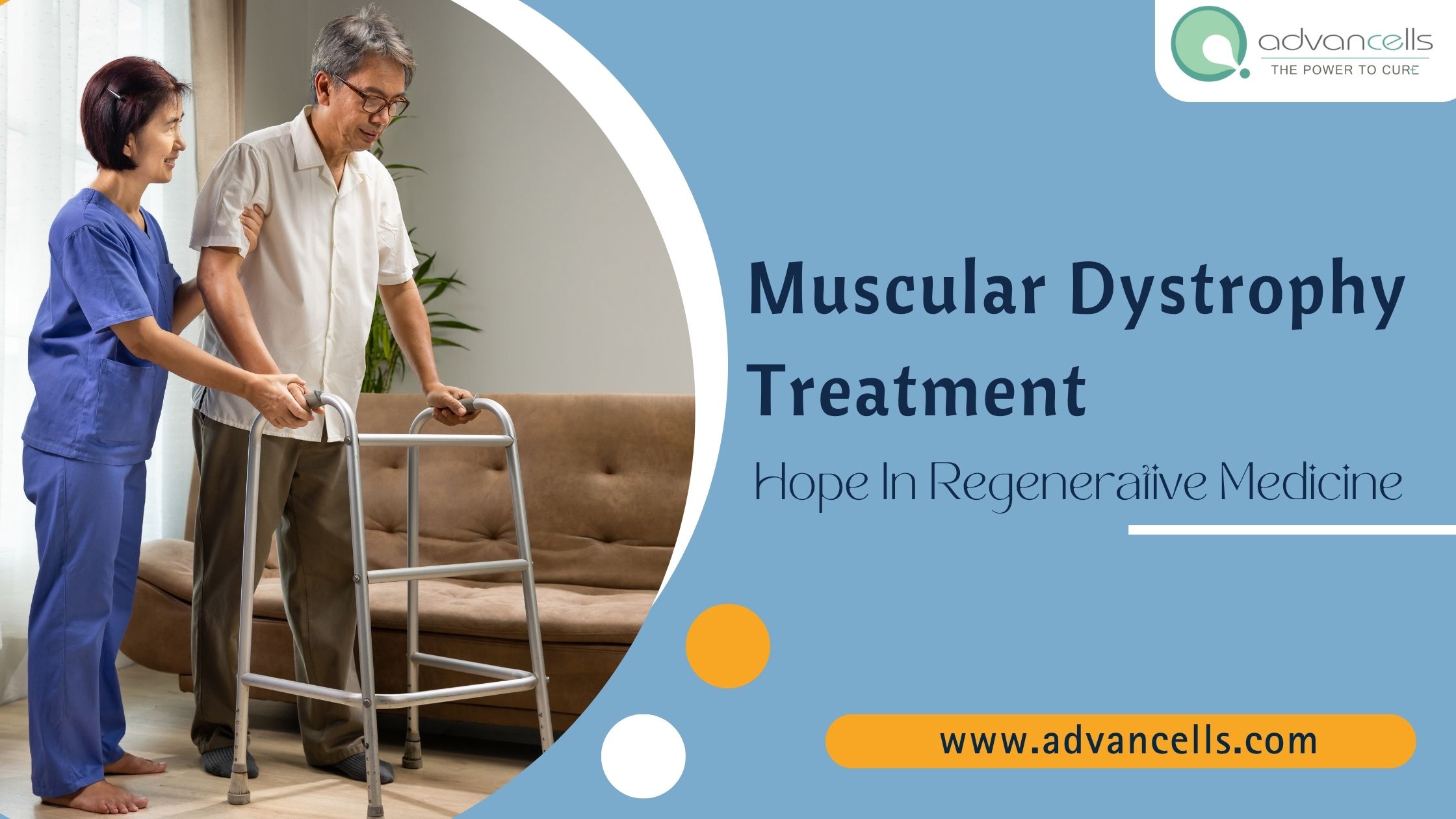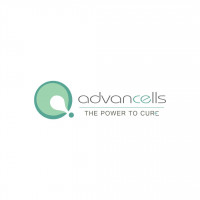Muscular Dystrophy Treatment: Hope In Regenerative Medicine

Strong 8k brings an ultra-HD IPTV experience to your living room and your pocket.
Muscular dystrophy manifests in early childhood and leads to immobility in the teen years. Being a progressive disorder, it continues to spread, causing dysfunction of vital organs and significantly lowering the survival period. The cure for the disorder still evades scientists, redirecting them toward regenerative medicine for muscular dystrophy treatment.
Muscular Dystrophy
Muscular dystrophy represents a group of disorders characterized by loss of muscles due to genetic changes. These mutations primarily lead to a lack of glycoproteins in muscle cell membranes. Due to the prevalence of these genes on X-chromosomes, men are most affected by this disorder. It is usually diagnosed at an early age of 3-5 years. The timing of the onset of the disorder, its severity, and the rate of its progression depend on the genetic mutation behind the disorder. It has many subtypes, among which Duchenne dystrophy is the most predominant, with high fatality causing death in the early 20s. It occurs due to a defect in the gene that codes for dystrophin. Becker dystrophy is milder, whereas limb-girdle dystrophy affects shoulder and hip girdles.
Muscular Dystrophy Causes
The causes of this condition are mutations in genes that form proteins for maintaining the structure and function of muscle cells. The gene for dystrophin muscle protein- DMD is large, increasing its susceptibility to mutations. It participates in the maintenance of cell structure. Lack of this protein enhances membrane permeability, driving calcium influx into muscle cells. It activates a signaling cascade that negatively impacts muscle contraction and cell integrity. The damaged cells release creatinine kinase that initiates inflammation. Immune cells participate in this process by engulfing the damaged cells. The cellular loss and contractile ability lead to muscle weakness. As the damage progresses, the severity of the disorder increases, and muscle weakness spreads to other tissues. The advanced stages show muscle weakness in the lungs and heart, reducing the survival period.
Muscular Dystrophy Symptoms
The disorder causes muscle wasting that ultimately affects tissue functioning. Muscles are associated with the functioning of nearly all tissues, therefore affecting multiple organs. The symptoms of this disorder include:
- Trouble in movement like walking, running, climbing, etc.
- Developmental delay in motor skills like sitting, standing, walking, etc.
- Frequent falls and clumsiness.
- Difficulty climbing stairs.
- Inability to close eyes fully
- Weakening of facial muscles leading to facial drooping
- Instability in gait
- Delay in releasing grip during handshakes and clenching fists.
- Enlarged calf regions
- Abnormal curvature of the spine
- Walking on toes
- Bone thinning
- Winged shoulder blades
Muscular dystrophy symptoms in adults worsen as the disorder progresses. Movement is restricted in later years, causing patients to use wheelchairs. In the advanced stage of the disorder, the lungs become prone to infections and breathing difficulties. Arrhythmias and heart failure can also occur due to the wasting of cardiac muscles.
Muscular Dystrophy Treatment
The pharmacological interventions for this disorder include corticosteroids, NSAIDs, calcium-ion regulators, protease inhibitors, etc. However, these medications can delay the progression but do not correct the underlying mutation of the disorder. Additionally, medications for proper cardiac and pulmonary functions are also prescribed. Supportive therapies such as physiotherapies, supportive bracing, counseling, etc., are also a part of the holistic treatment plan. Surgical interventions include the installation of a cardiac pacemaker, spine correction, and shoulder surgery. All the therapies treat the symptoms of the disorder without any effect on its causes.
Regenerative Medicine
Stem cell therapy can be a feasible treatment option because it addresses genetic defects. The anti-inflammatory and paracrine effects of mesenchymal stem cells (MSCs) can be effective against this disorder. According to a study, umbilical cord MSCs (UCMSCs) transformed into muscle cells when cultivated in a muscle cell-inducing medium. Some research groups have combined gene therapy with cell therapy to achieve normal expression of proteins lacking in muscle cells.
Research on Stem Cells
The therapeutic properties of MSCs have been utilized in treating several disorders, and the results have been positive. Studies have shown a decrease in inflammation and oxidative stress in the disorder, as well as an increase in cell proliferation and blood vessel formation after MSC transplantation. The infusion of UCMSCs in patients demonstrated improvement in gait, lung function, and expression of dystrophin protein, along with a reduction in creatinine kinase levels. The research studies also proved that MSC therapy has no adverse complications. In 2024, a stem cell therapy for this disorder was cleared for clinical trial, owing to its favorable outcomes in the early studies. Thus, MSCs can drive muscle regeneration and considerably improve dystrophy symptoms.
Conclusion
Due to its capacity for regeneration, stem cell therapy has potential as muscular dystrophy treatment. It can address several facets of the illness without leading to any major side effects. The effectiveness of this treatment has been under investigation of an increasing number of clinical trials. The initial results seem encouraging, hinting towards a future where MSC therapy will be the mainstream treatment. Kosheeka supplies premium quality stem cells and is building a bridge to that future.
Note: IndiBlogHub features both user-submitted and editorial content. We do not verify third-party contributions. Read our Disclaimer and Privacy Policyfor details.


